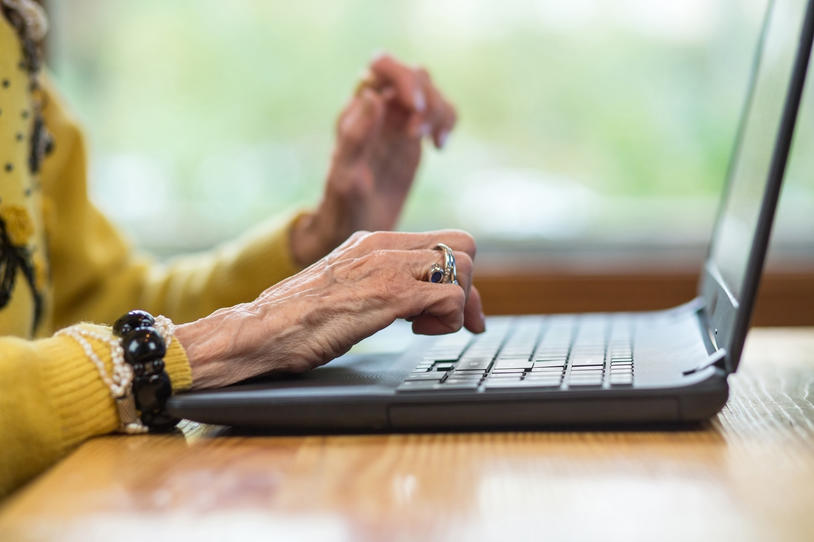
Many doctors now are seeing patients virtually — through telemedicine — for regular care. Meeting with your physician online from home through your computer or smartphone can be convenient and, in many ways, similar to an in-person visit. But for some, the technology or visit may be tough to navigate. Here are tips for making the most of your virtual doctor’s appointment:
- Confirm coverage and costs.
When scheduling a telemedicine visit, talk with your doctor’s office and insurer about coverage and any co-pay or other costs. In the setting of coronavirus disease (COVID-19), which has limited in-person visits, many insurance carriers and regulators have relaxed restrictions, making telemedicine broadly available to more patients and doctors.
- Get technology in order and test it.
Your doctor’s office will tell you which technology platform they use. (It differs from provider to provider.) They might have a platform specific to their health care system or use a more common (but still confidential and HIPAA-compliant) program, such as Zoom or Skype. Decide if you want to have the visit on your computer, tablet or other device and download the necessary software there. This can take a few minutes, so do it well in advance of the appointment. Ask a tech-savvy loved one or doctor’s office staff for help if need be.
At least a day before your appointment, do a test run. Log on (store your password in a safe but accessible place) and, if possible, connect with a friend briefly so you can adjust your camera and sound. (You’ll want your whole body visible and the sound at a comfortable level.) If using a laptop, consider connecting directly to your wireless router with an ethernet cable rather than using WiFi, since plugging into a network is more stable.
- Create the right environment.
You want the best lighting, sound and space for your doctor to see, hear and examine you. This allows a productive discussion and visit. Find a quiet space where you can sit comfortably facing soft light (rather than directly in front of a window or bright lamp, for example). Put your device on a table, desk or stand, making sure the camera is aimed correctly. If possible, set up near a hallway or area where you can walk a short distance, in case your doctor wants to examine your gait. Turn the TV and radio off, keep pets out of the way, and put your phone on silent. (Keep it handy, though, in case you have a technology glitch.)
Your doctor may ask you to bring certain materials (if you own them), such as a thermometer, blood pressure cuff, Q-Tip or safety pin, for the exam. And just as you would at an in-person appointment, have a pen and paper (for taking notes) as well as your medications in bottles or an updated medication list.
- Personalize your approach.
Virtual communication may pose additional difficulties for people with hearing or vision changes. Make sure to use hearing aids or glasses and, if helpful, ask a family member to join for help with communication. (For those who use American Sign Language, ask if an interpreter is available.) People who have memory or thinking changes or those who experience hallucinations (seeing things that aren’t there) or delusions (believing things that aren’t true) may need extra time, explanation or reassurance before and during the visit.
- Have a back-up plan.
Know ahead of time what to do if you can’t connect or you get disconnected. Some doctors might ask you to switch to telephone (know what number to call or if they’ll call you) or, depending on the situation, to reschedule.
- Be patient and flexible.
Many doctors and patients are learning how to do telemedicine together. Telemedicine wasn’t a new concept, but it wasn’t commonly available before it became the “new norm” in the COVID-19 era. We’re all working to find what works well and less well in this care setting. Technology can be hard to figure out or to get used to. Give yourself extra time, and if you don’t get it the first time, try again or look for another way. And don’t be afraid to ask for help.
As you consider ways to make the most of your telemedicine visit, don’t forget how to make the most of any doctor’s visit, virtual or in-person:
- Write down your questions and top three concerns,
- Have a loved one join for another perspective and second set of ears, and
- Repeat the plan and next steps and ask for a written summary.
Read more tips for making the most of your doctor’s appointment.
Watch a free webinar on telemedicine, which includes a mock virtual appointment.
